What Is The Metaverse And When Are We Going To Live In It?
The Metaverse Is The Link Between The Physical World And Digital Life, The World Of Avatars, And The Next Generation Of The Internet. Follow This Article To Learn About This Exciting And Inevitable World.
The Metaverse, Do you remember the game Heavy Rain? The same unique game Quantic Dream, released in 2010 for PlayStation 3, depicts the mysterious story of a serial murder case known as Origami, in which the killer used rainwater to drown his victims. One of the four main characters in this game is an FBI agent named Norman Jaden, who was sent to help the local police investigate the case.
If you remember, Norman had a particular pair of smoked glasses that did much more than block the sun’s ultraviolet rays. The drinks, called ARI (an acronym for Added Reality Interface), helped Norman amazingly search the crime scene and analyze the evidence.

When Norman put on these glasses, he could change the appearance of his work environment, and instead of staring at the dull walls, he could imagine himself in the middle of the forest or even on the planet Mars. The world that Norman saw behind the glass of his augmented reality glasses was Metaverse, A kind of alternative digital reality where people work, play, study, shop, and socialize and no longer need to connect to the Internet; Because they are always “online” in this world.
Call it whatever you want; Metaverse, mirror world, virtual cloud reality, magic verse, or space internet. But one thing is sure: the Metaverse is on its way, and it will make a massive change in human life.
Topics you will read in this article:
- What is the Metaverse?
- The three main concepts of the Metaverse
- Advantages of living in the Metaverse
- The risks of metaverse realization
- Metaverse and the world of games
- Metaverse and the world of movies and series
- Metaverse and blockchain
- What companies support Metaverse?
- The future of the Metaverse; How far are we from realizing the real Metaverse?
What is the Metaverse?

Matthew Ball, an investor and former head of strategy at Amazon Studios, has described the Metaverse with seven characteristics: The Metaverse is always active and “on”; It is experienced life and in real-time; It can host any size audience; It has an entirely dynamic and unique economy; spread across digital and physical platforms and worlds; It is possible to transfer digital assets across these platforms; Users and large companies create its experiences and content.
In other words, the Metaverse is an extensive network of always-on virtual environments where people can interact with each other and digital objects around them in the form of avatars or with the help of augmented reality glasses; It means a combination of immersive virtual reality; multiplayer online role-playing game, and web surfing.
Metaverse is the successor of today’s Internet.
Metaverse is a compound word consisting of meta meaning “beyond” and universe meaning “world,” and it can be translated as “beyond the world.” The term was first used in the science fiction book “Snow Crash” by Neal Stephenson in 1992.
This American author used the word Metaverse to describe a virtual world where the protagonist socializes with others through his avatar, makes purchases, and even defeats his real-world enemies. Of course, the concept of a world similar to the Metaverse had become famous before this book, in 1984, with the cyberpunk novel Neuromancer written by William Gibson.
When we turn on the lights or open the refrigerator, we know that electricity makes them work; But we usually don’t think about how it works. Likewise, artificial intelligence, sensors, and communication between the robot and the device will be the “electric current” that powers the Metaverse.
In the distant future, or maybe closer than we imagine, our physical world will become an infinite amount of data that a computer can process, click on, or walk through and search like Google search.
In this world, there will be new interfaces and ways to move and create content, and we will create new words and architecture to host our digital version and the digital world around us.
This new convergence between the digital and physical worlds is based on 5G and 6G internet, quantum computing, and graphene processors. Our view of this world will be through the lenses of our virtual reality glasses. If you still find it difficult to imagine the Metaverse, the following conceptual video from Adobe company depicts an inspiring vision of the future of human life in this world:
Described by many as the successor to today’s Internet, the Metaverse is not a single destination that everyone will one day enter but a complex network consisting of millions of goals, hundreds of profiles, and dozens of browsers. According to Pim de Wit, founder and CEO of video game-sharing platform Medal:
The Internet is a vast collection of protocols, technologies, cables, and languages, as well as the devices to access it and the content and communication experiences. Metaverse will be the same way.
The three main concepts of the Metaverse
![]()
When we talk about Metaverse, it is essential to get familiar with its three main concepts: presence, interoperability, and standardization. “Presence” is the feeling of being in the virtual space, natural and concretely, and with other people. The results of several decades of research have shown that the quality of online interactions improves by creating a sense of real presence in this space. This sense of presence is also created through virtual reality technologies such as screens on the head.
The second important concept that differentiates the Metaverse from our everyday Internet experience is “interactivity. “ Interactivity means that we in the Metaverse can travel from one destination to another while carrying all our digital assets, including avatars, and collecting virtual items. For example, you can use the shell of the gun you bought in Counter-Strike Fortnite or give it to your friends through Facebook. Or, for example, you can drive the car you designed in Rocket League or even the Porsche website in Roblox.
The third concept is “standardization, “which enables interoperability between platforms and services across the Metaverse. The standards considered for Metaverse allow its widespread use around the world. International organizations such as the Open Metaverse Interoperability Group define these standards.
Advantages of living in the Metaverse
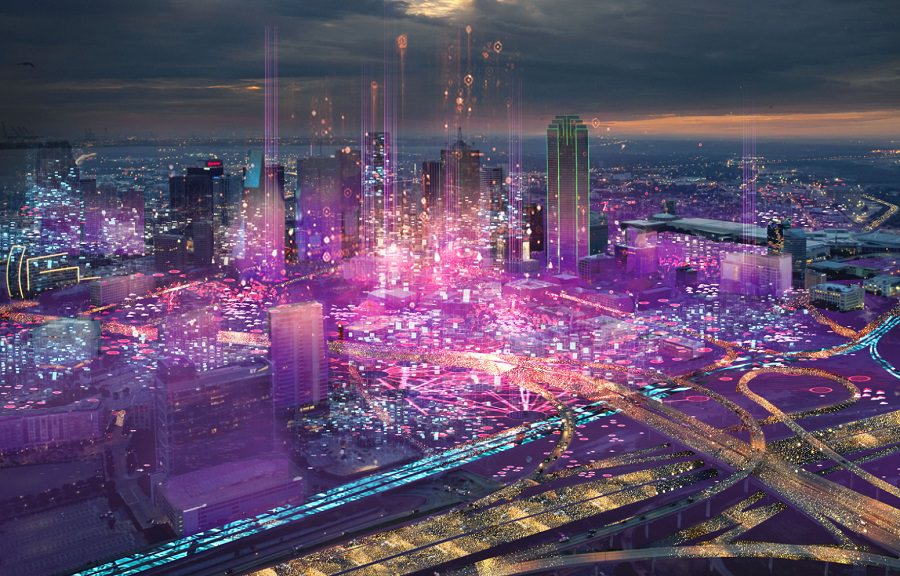
Metaverse is a situation that is supposed to replace the current Internet and provide users with all its content but with much fewer access restrictions. Existing online platforms allow users to move somewhat freely in the same area specific to each service, limiting cross-platform interoperability.
For example, you are free to build anything you like in Minecraft; But you can’t transfer what you made in Minecraft to Fortnite. Meanwhile, Metaverse allows users to produce their desired content on any platform and distribute it freely throughout this digital world.
Unlike the current Internet, Metaverse users will experience the changes made by other users in real-time. If a user makes any changes in Metaverse, that change is permanent and immediately visible to everyone.
Unlike the Internet, persistence and interactivity allow users to maintain their identity and online experiences across the Metaverse. In Metaverse, users no longer need to have a separate profile on Twitter, a character in Fortnite, and a Reddit account but can be their authentic selves on all these platforms. This continuity of identity will be a fundamental factor in the formation of how to buy and consume content by Metaverse users.
In Metaverse, you can be present on all platforms with an avatar.
Virtual reality glasses and Metaverse environment are made together, and shortly these glasses will have many applications in the workplace. For example, the reflectors can authenticate and remember the names of colleagues, departments, and projects you’ve worked with before and generally act as a small window into offices, manufacturing facilities, and packaging plants worldwide. Thanks to Metaverse, we no longer need to be in the real world to work in the physical environment; Rather, our workplace will be in the same Metaverse.
Virtual reality glasses can replace smartphones and laptops. Digital images, tactile feedback, biometric sensors, and audio playback and recording are all life features in the Metaverse. Machine vision will also be an essential part of this world.
AR glasses can also help people on their first day at work by showing them the process in as much detail as possible. In a world where “remote” is fast becoming the norm, AR glasses can turn our home into a workplace, our workplace into a playground, and our lives into creative and colorful expressions of who we are.
Accessing the virtual world through these glasses also allows companies to reimagine their products or brand innovatively, Accelerate business processes, and test their virtual version before manufacturing and distributing the product. Researchers and medical professionals can also use accurate virtual samples with the help of artificial intelligence to try new treatment methods without endangering the health of the patient or even animals.
The risks of metaverse realization
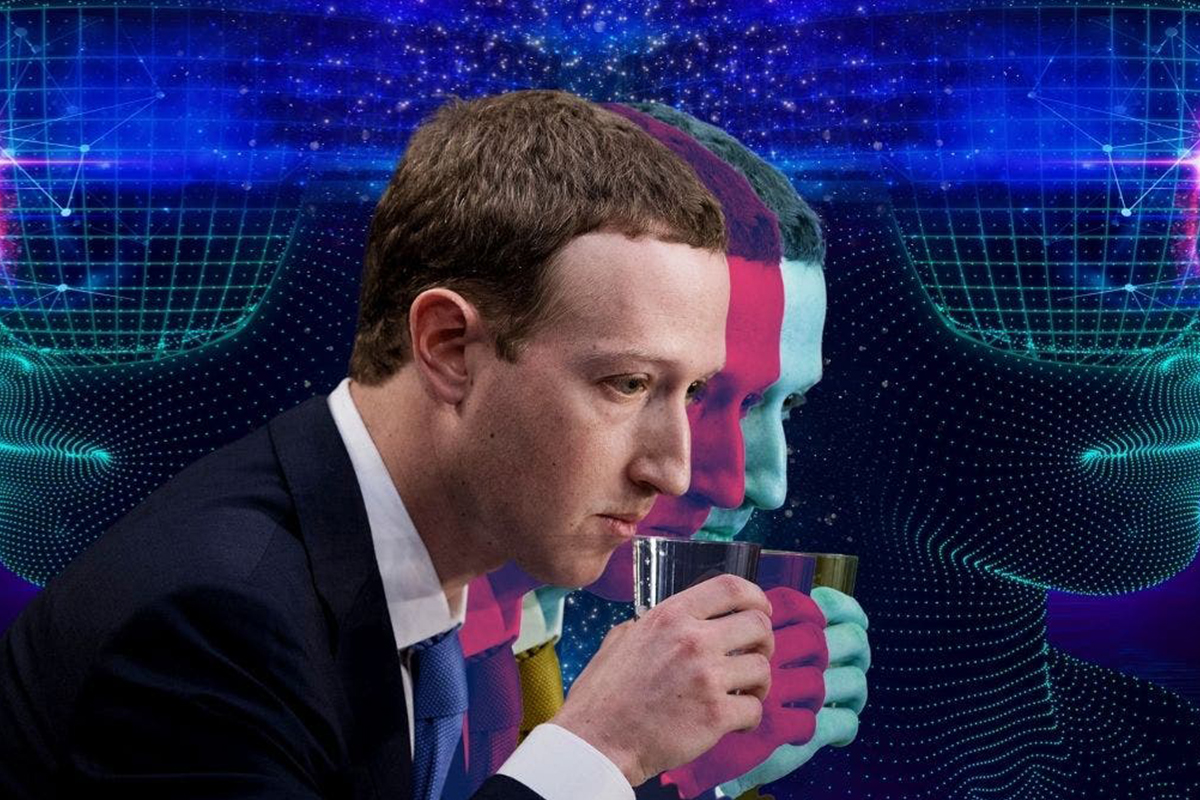
Metaverse is not inherently dystopian. Perhaps many think that the Metaverse is inflammatory and that the word comes from Neal Stephenson’s 1992 dystopian sci-fi novel Snow Crash. Stories with a similar plot were written before Snowfall, including William Gibson’s Neuromancer (1984) and The Trouble with Bubbles (1953) by Philip K. Dick, conveying the feeling that future technology will make the current situation worse.
However, the important thing is that an engaging story cannot be formed without drama and unfortunate events, which is why popular stories do not take place in an ideal and perfect world. However, since the 1970s, there have been stories in defense of the Metaverse that focus on cooperation and creativity rather than dealing with issues such as profiteering and mind control.
The story of the Metaverse becomes scary when we refer to it as the “enterprise internet.” When the Internet was born, government labs and universities were the only institutions with access to the expertise, resources, and ambition to build this network. Few outside of this circle could imagine its commercial potential. But the story of Metaverse is entirely different because private businesses do its development.
In 2016, long before the tech giants were even seriously considering the Metaverse, Epic Games CEO Sweeney told VentureBeat, “If one centralized corporation takes control of the Metaverse, it will become more powerful than any government and become a god on Earth. “
You may think this claim is exaggerated, But according to Citi and KPMG, Metaverse can make $13 trillion in profits annually by 2030. Financial services company Morgan Stanley also estimated this amount in the US and China at about 8 trillion dollars. Goldman Sachs global projection company also estimated between 2.5 and 12.5 trillion dollars. This is while McKinsey’s prediction of the worldwide revenue generation of Metaverse is 5 trillion dollars.
The idea behind the Metaverse is that an increasing portion of our lives, work, recreation, time, wealth, happiness, and relationships will be spent in virtual worlds instead of solely through digital devices. Jensen Huang, the founder and CEO of Nvidia, one of the ten largest public companies in the world, believes that the GDP of the Metaverse will eventually exceed the “physical world.” With these points in mind, the fear of the Metaverse is justified.
The Metaverse is supposed to connect our digital and physical economy as a parallel universe. As a result, the companies that control these parallel universes and their virtual atoms will become more powerful than those that run today’s digital economy.
Metaverse may exacerbate the problems of today’s digital age, including data security, misleading information, the power of platforms, and the mental health of users. Therefore, the philosophy, culture, and priorities of the companies that will take control in the metaverse era will determine whether the future of the Internet will be better or worse than the current state.
On the other hand, life in the real world will never catch up with the virtual world. Being able to go out and enjoy nature and no multi-billion dollar company can stop that is important. The idea that in the Metaverse, our ability to live will be defined and limited by technology giants is genuinely terrifying.
Metaverse and the world of games
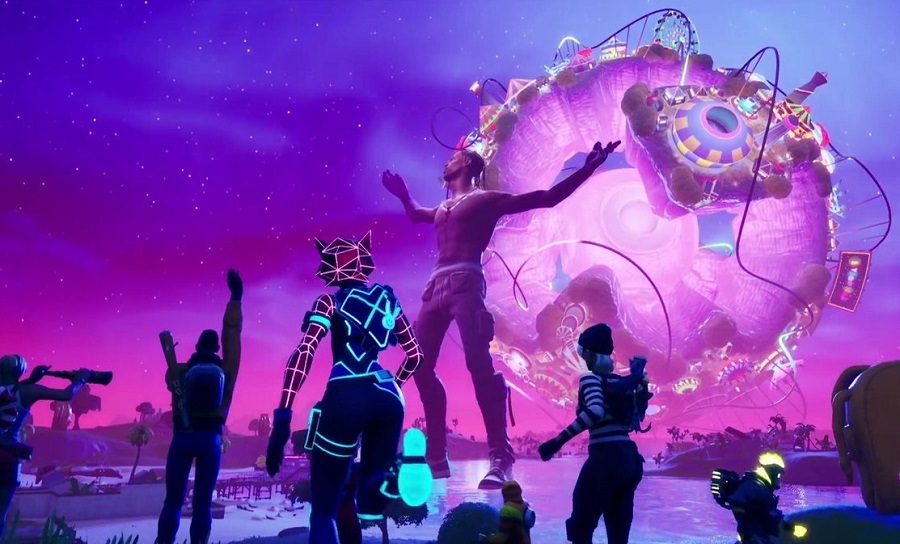
For many, video games are the forerunners of the Metaverse. Games such as Roblox, Fortnite, and Animal Crossing, in which gamers can create their world, including some features of Metaverse. When Epic started developing Fortnite in 2017, they did not intend to make Metaverse. But what was introduced at the time as a castle defense game where gamers fought against zombies became an international phenomenon just a year later.
With millions of gamers flocking to Fortnite’s “Hunger Games”-like Battle Royale segment, the company quickly began adding social features to the game, such as voice chat and dance parties. According to Epic, the company’s revenue from Fortnite totaled more than $9 billion in 2018 and 2019. This vast wealth came from gamers’ money on purely virtual items such as superhero costumes or banana suits for their characters. has achieved
For many, video games are the forerunners of the Metaverse
Now, Epic isn’t introducing Fortnite as just an interactive experience but as a metaverse. Concerts of famous singers held on the platform of Fortnite attract millions of gamers. Roblox, where independent developers design popular children’s games, is perhaps the closest and broadest vision of the future Metaverse.
According to the company’s earnings report, in the first quarter of 2021, gamers spent nearly 10 billion hours playing on this platform, and more than 42 million users logged in daily. Gamers also spent $652 million on the platform’s virtual currency, Robux, which can buy hats, weapons, balloons, and other digital items for their characters. Roblox founder and CEO David Bazowski say the company even holds business meetings on the platform.
Just as mail, telegram, phone, message, and video are tools for teamwork, we believe that Roblox and Metaverse join them as essential tools for business communication. Eventually, one day we might even be able to shop on Roblox.
Millions of games are created on Roblox every year, and a large portion of the revenue from the sale of digital items and upgrades goes to the developers. There have been cases where teenage game makers have become millionaires in this way. However, it should be remembered that platforms like Fortnite, Minecraft, and Roblox are not Metaverse but only destinations within the Metaverse. In the future, where the Metaverse has arrived, there will be millions of such goals, just like there are websites on the Internet today. Tim Sweeney, CEO of Epic, states:
Metaverse is not an app store with a list of different titles to download games and applications. In the Metaverse, you and your friends, along with your appearance and digital assets, can move from place to place and have completely different experiences while maintaining your social network connections.
He also said that one day there might be a “tunnel” between platforms such as Roblox and Fortnite through which gamers can transfer characters and game items between the two games.
Metaverse and the world of movies and series
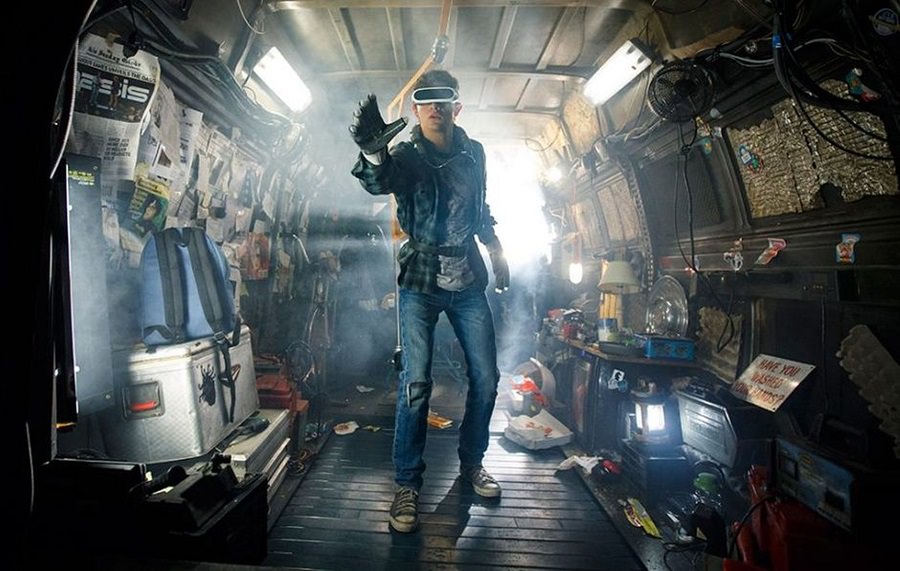
Perhaps there is a long time left until the realization of the Metaverse, and maybe none of us will live to see such a day. Still, it is possible to experience aspects of what is supposed to be a part of the reality of human life in the future, right now in games like Fortnite or watching a conceptual image of the Metaverse in movies and series.
Among the films that have depicted an aspect of the Metaverse, Steven Spielberg’s Ready Player One is undoubtedly the most famous. Many people suggest this movie to explain the Metaverse; in this movie, we see that the control of the entire virtual world is in the hands of only one company, while in the real Metaverse, we will witness an utterly decentralized world and no company or institution can rule in this world.
Ralph is the wrecker. With this in mind, watching this movie is a good starting point for understanding the Metaverse and user experiences in virtual reality. Other films and series in which an aspect of the Metaverse is depicted include Minority Report (2002), Avatar (2009), The Matrix (1992), Iron Man (2008), Uploaded (2020), Black Mirror, Altered Carbon, and animation. The new series The Peripheral also deals with virtual reality headsets and simulated worlds.
Metaverse and blockchain

Conceptually, Metaverse is a view of a decentralized world that is controlled and shaped by its users and citizens, not governmental or international institutions. These citizens also need a platform and currency to buy and sell their digital products, which will be based on cryptocurrencies and blockchain technology.
Companies like Decentraland and platforms like The Sandbox have created virtual worlds where gamers can use cryptocurrencies to build structures like amusement parks and earn money from them.
Non-tradable tokens (NFTs) also play a central role in the Metaverse, giving people full ownership of their characters, items collected in the game, and even their virtual land. For example, an NFT of virtual land on Decentraland recently sold for nearly $1 million, one of the most significant sales of this token model to date.
In Metaverse, the security of transactions and the identity of users is the responsibility of the blockchain.
In Metaverse, there is no mention of governments and regulatory bodies, and it is the role of blockchain technology to ensure the security of transactions and the identity of users. And in addition, NFT tokens allow Metaverse users to own their custom items and move them from one platform to another, just like in the real world. For example, in Metaverse, you can sell the plot of land you bought in Decentraland and use the money to purchase weapons in Fortnite.
Meanwhile, cryptocurrencies will be considered the only legal money used in the Metaverse and will draw the road map for the formation of the economic structure of the Metaverse. Of course, this metaverse economy is already taking shape; Some companies have auctioned their branded NFTs for hundreds of thousands of dollars.
Artur Madrid, CEO and founder of The Sandbox, points to the willingness of people to pay massive amounts of money for digital assets in games, saying that gamers have already spent millions of dollars on these items; Items that do not exist externally and their value is defined only in the virtual world. He adds:
I think converting these assets to NFT and creating an NFT-based economy will add a new layer to the current digital economy.
However, in the past few months and with the unprecedented fall in the value of cryptocurrencies, confidence in crypto has been somewhat lost, so many analysts doubt that cryptocurrencies have a place in the future of the Internet.
What companies support Metaverse?
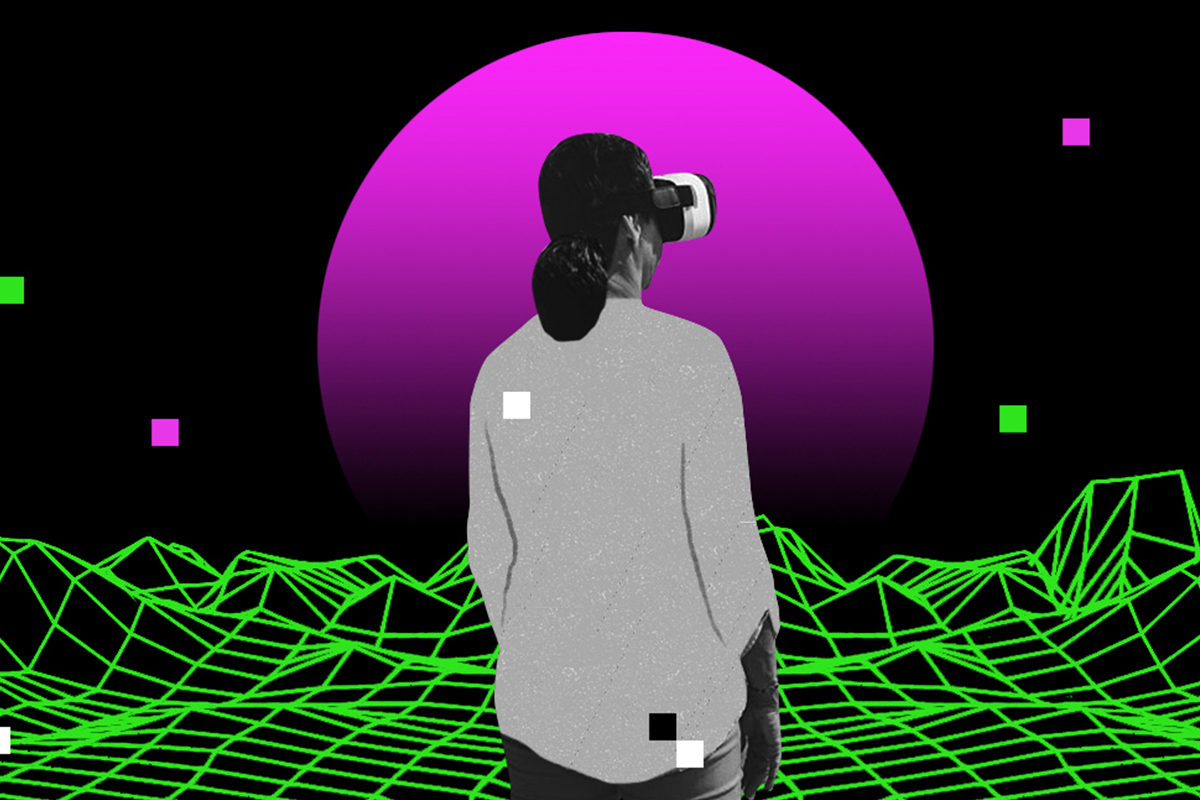
Metaverse has been in the news ever since Facebook changed its name to Meta in 2021, and suddenly every company, big and small, wanted a stake in the future of the Internet. These companies, from Microsoft to Nvidia and even PepsiCo, have spent a considerable amount of time and money on building products and platforms based on virtual and augmented reality; Because they believe that Internet users will spend a lot of time in the virtual world shortly.
Along with Nike, Walmart, PepsiCo, and Adidas, prominent and well-known companies are investing in Metaverse projects, which you will learn about later.
Meta (formerly Facebook)
When Facebook cleverly changed its name to “Meta,” it became the most famous metaverse company in the world, and the attention of the media and other technology companies was also drawn to the concept of Metaverse.
Just a little before changing the name to Meta, Facebook revealed its plans to invest 50 million dollars to build Metaverse; However, these plans have been going on for a long time. For example, Meta invested $2 billion in the Oculus VR headset development unit in 2014, and four years later, the company’s CEO claimed that Meta would own Metaverse for the next decade.
Mark Zuckerberg, the founder and CEO of the company has made many statements about the company’s approach to the development of Metaverse. He has predicted that it will lose money on some projects in the short term.
However, Zuckerberg stated in June 2022 that Meta wants to have about “one billion people” active in the Metaverse. Also, this year, Meta opened its first virtual reality headset store. In September 2022, it launched the professional and powerful Meta Quest Pro virtual reality headset with a price of $1,499 and a fast Qualcomm Snapdragon XR+ processor.
With this product, Meta says, when a user smiles in the real world, their avatar will do the same. With the help of Meta VR headsets, users can interact with each other’s avatars in a network of virtual spaces called Horizon Worlds.
Microsoft
Microsoft differs from other Metaverse companies in that its plans to develop Metaverse are focused on creating work environments rather than games and entertainment. The people of Mountainview plan to link the digital world to the physical world by developing the Mesh platform in the Microsoft Teams program. The platform is based on mixed reality and facilitates team collaboration through mixed-reality glasses and virtual reality headsets.
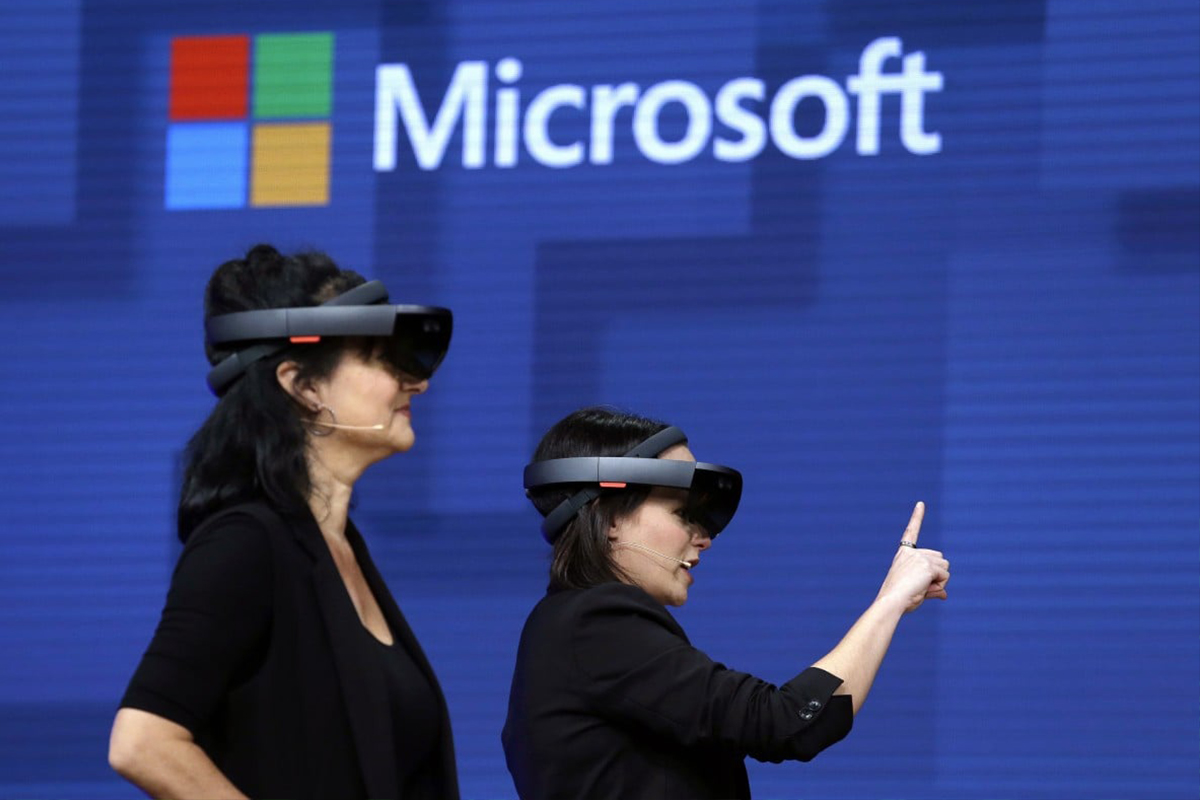
By acquiring the virtual reality platform AltspaceVR in 2017 to use its intellectual property for Mesh, the Redmonds showed that their metaverse plans have been developing for some time. On the other hand, the $68.7 billion acquisition of Activision Blizzard in January 2022 is also considered by some to develop the game infrastructure for Microsoft’s other metaverse projects.
Google does not have a good track record in virtual reality projects. The name of this company is tied to the scandalous failure of Google Glass Glass in 2014, A project that became one of Google’s most significant projects due to many technical problems, privacy concerns, incorrect marketing, and the lack of transparency as why it exists.
However, this failure does not mean that Google will not go for Metaverse projects or make other virtual reality glasses. Google announced this year that it has set up a private company worth 39.5 billion dollars to invest in Metaverse projects. Currently, the details of these projects are unavailable. Still, they will surely be as noisy as LaMDA artificial intelligence, which one of the Google employees claimed to have become self-aware.
Nvidia
Rio Labardian, vice president of Omniverse and simulation technology at Nvidia, said at the time that the company had decided to be something beyond a chip company, pointing out that not long ago, many could not imagine Nvidia as a Metaverse company.
However, Nvidia recently unveiled its first infrastructure-as-a-service, NVIDIA Omniverse Cloud, which is supposed to offer cloud services to developers and artists to create and run metaverse applications. Companies such as Siemens, RIMAC, Volkswagen Group, PepsiCo, and Amazon use Nvidia’s Omniverse technology.
Epic Games
Epic Games, one of the video game industry giants, is known by everyone for the Fortnite game, One of the most popular games that crossed one million players within 24 hours of its release. In April of this year, the company received $2 billion in funding from Sony and Kirkby, the company that owns LEGO, valuing the company at $31.5 billion.
Epic Games CEO Tim Sweeney said at the time that his company intends to compete with the biggest companies in the Metaverse: “This investment will help us accelerate the construction of the Metaverse and create spaces for gamers to have fun, create creative experiences through brands and communities for developers. “Content will help.”
Epic Games also has an infrastructure for Metaverse development; One is the viral game engine Unreal Engine, and the other is MetaHumans, a digital twin creation software that can be used to create avatars in the Metaverse.
Anoka Brands
Animoca Brands is not as well known as the other companies on this list, But infinity is essential in the discussion of the Metaverse. This company owns The Sandbox game, inspired by Minecraft and based on blockchain. In the sandbox game, players can buy maps of virtual lands and take ownership of them.
Anoka Brands has several blockchain game projects and supports several metaverse companies, including Sky Mavis, the creators of Axie Infinity, and Yuga Labs’ online multiplayer game called Otherside. Anoka Brands managed to raise $358 million in January 2021, $75 million in July 2022, and $110 million in September this year for Metaverse projects and products.
The future of Metaverse; How far are we from realizing the real Metaverse?
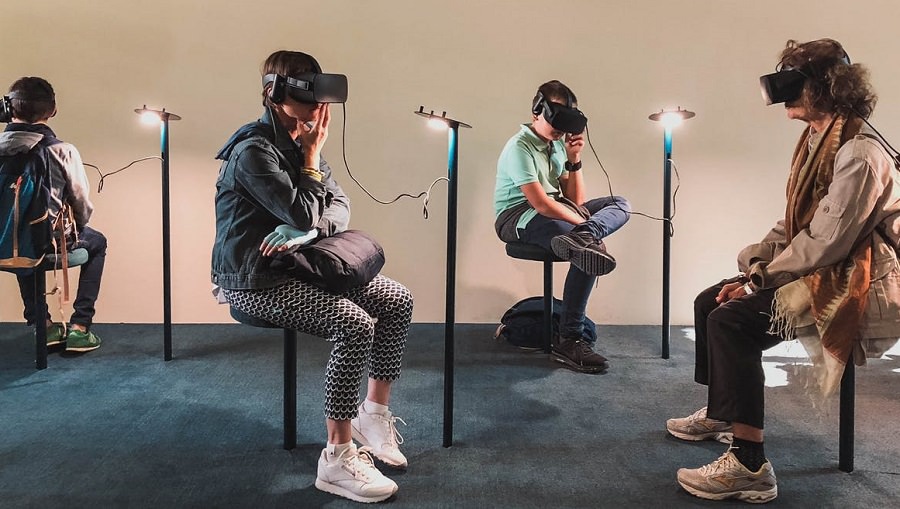
It’s been exactly one year since the term “Metaverse” started floating around after the Verge spoke with Mark Zuckerberg about his company’s new plans. During this time, there has been a lot of discussion about what is often referred to as the “future of the Internet,” but to be honest, we still don’t know precisely what the Metaverse is and when and how it is going to shape the future of the Internet.
The Metaverse is not yet realized, Even if some Big Tech executives pretend it is, or at least there is nothing left. On the other hand, changes do not happen all at once. We are in the mobile era today; But the first call from a mobile network dates back to 1973; Similarly, the first wireless data network was in 1991, But it took 16 years to release the first iPhone.
According to some people, we are already living in a kind of Metaverse; Because a large part of our life has become entirely digital. But it is probably a long time before we see, in the real world, a metaverse of the size of the movie “Ready Player #1”; Because there are still some obstacles on the way to the realization of the Metaverse.
The biggest obstacle is hardware limitations.
The global Internet and computing capabilities worldwide cannot yet support a sustainable digital world that can host millions of users simultaneously and instantaneously. Even if this network and computing power level are available, such an action’s energy consumption will cause many problems for both power grids and the environment.
Metaverse may be realized in the distant future, But it is inevitable
In cases where the necessary technology exists to create the Metaverse, extensive cultural changes are required to encourage more people to use the Metaverse.
According to a report by Thrive Analytics and ARTillery Intelligence in 2020, while the highest quality virtual reality and augmented reality technology is available to the American public, less than 20% of them have switched to using VR headsets.
Another big problem is the realization of interoperability, one of the Metaverse’s three pillars. Currently, even the pioneers of Metaverse, such as Fortnite, do not allow gamers to transfer the content created on this platform to another platform. For interactivity to be made in the literal sense, the companies that own these platforms must give up a little control over their players’ content and user experience.

Despite these problems, the Metaverse is probably inevitable, Although future users may refer to it as “the Internet.” The point here is that it is not supposed to push a button to transition from the internet age to the Metaverse; Rather, the Metaverse gradually emerges and embraces us. Just as no one noticed the transition from the first generation to the second generation Internet, the Metaverse development will occur naturally with the broader presence of people in the virtual world and linking their identity to the virtual life as much as possible.
On the other hand, technology giants are also trying to prepare their user community for life in the Metaverse earlier than their competitors. Among them, Facebook’s stance on Metaverse has created a lot of buzzes. Mark Zuckerberg, the founder of Facebook, recently said he plans to build the Metaverse with the help of this social network. He said that he expects people in the future to see Facebook not as a social network but as a metaverse company.
We believe that Metaverse is going to replace the mobile Internet. In his eyes, Metaverse is “a virtual environment where you can be with different people in digital spaces. It’s an embodied internet that you’re inside, not just looking in from the outside.
There will be no noticeable change between before and after Metaverse
Satya Nadella, the CEO of Microsoft, has also talked about his plans to create a “Metaverse company.” At this year’s Microsoft Inspire keynote, he described Metaverse as “a new layer of infrastructure stacks” where “the digital and physical worlds come together.”
Matthew Ball, former head of strategy at Amazon Studios, also describes Metaverse not as a virtual world but as “the successor to the mobile Internet”; It means a framework for a highly connected and online life. From his point of view, there will be no sudden and noticeable change between before and after the Metaverse. Instead, the Metaverse emerges gradually by integrating different products, services, and capabilities.
Although games like Roblox and Fortnite are often mentioned as the pioneers of Metaverse, the most important pioneer of Metaverse is the Internet itself. If we think of the Internet as a video tour of an apartment with a glimpse of every room, the Metaverse would be the apartment itself. Wet settled in this apartment yet, But we signed the lease a long time ago.
***

